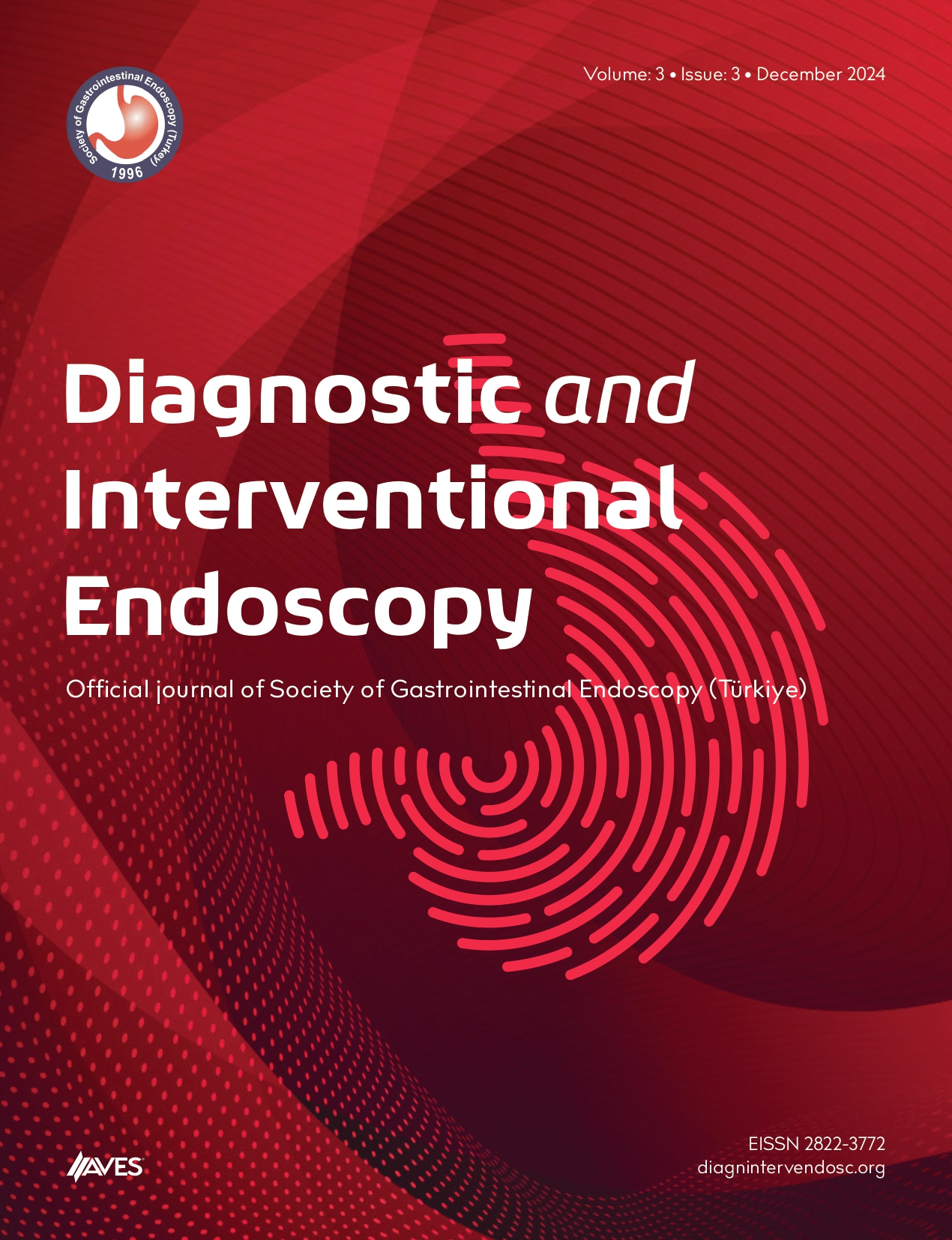Objective: Anorectal manometry serves as a diagnostic tool, particularly in identifying chronic constipation associated with rectal evacuation disorders. We aimed to share the anal motility results of patients presenting with constipation complaints in our tertiary referral center’s motility laboratory.
Methods: Between January 2018 and December 2022, a total of 87 patients presenting with constipation complaints underwent anal motility measurements at İzmir Tepecik Training and Research Hospital, Clinic of Gastroenterology. Eighty-nine patients without constipation complaints were included in the study.
Results: It was determined that 87 patients presented with constipation complaints. The mean age of these patients was 45.42 ± 16.34 years. Of these patients, 61 were female and 26 were male. Regarding motility measurements, an increase in resting pressure, a higher volume at which they first felt the urge to defecate, a decrease in the maximum tolerable volume, and an increase in the incidence of dyssynergia, predominantly type I dyssynergia, were observed in constipated patients. However, no statistically significant relationship was found between patients’ resting pressures, initial sensation measurements, maximum tolerable volume, dyssynergia, average resting pressure, squeezing pressure, and constipation (respectively; P: .28, P: .39, P: .76, P: .41, P: .095).
Conclusion: In our study, our anorectal motility results were not found to be associated with the presence of constipation. However, with a larger number of patients compared to many studies and the results obtained from anorectal manometry performed at very few centers, we believe that some of our findings will be instructive for constipation patients.
Cite this article as: Hakim GD, Özer Sarı S, Kara T, Tekoğlu V. Anorectal manometry results of patients presenting with chronic constipation: single-center outcomes. Diagn Interv Endosc. 2024;3(2):26-29.

.png)


.png)